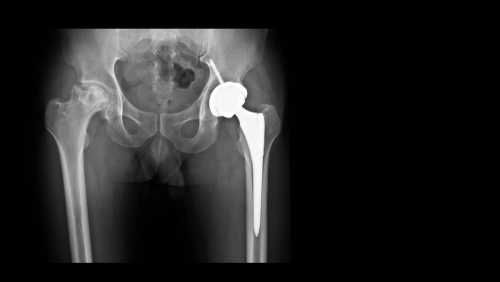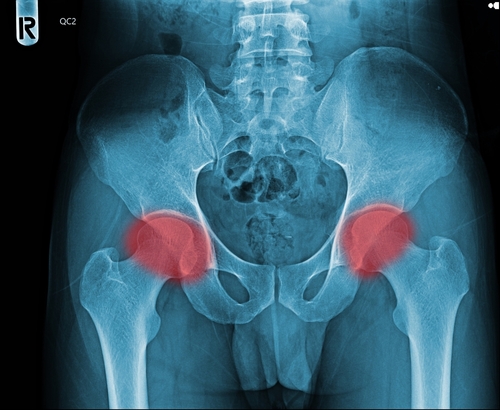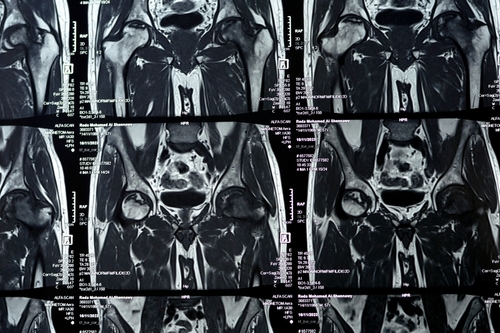
What is Avascular Necrosis?
Avascular necrosis or osteonecrosis is a painful disorder that occurs when a bone tissue dies due to the disruption of blood supply, it can occur in any bones but most commonly occurs in the ends of long bones at weight-bearing joints, such as the hip, knee, and shoulder.Because healthy bone cells require a constant flow of blood, osteonecrosis can eventually result in severe arthritis and joint deterioration. Understanding the underlying causes of avascular necrosis is essential to understanding the Ayurvedic treatment for Avascular Necrosis in Kerala. An inadequate supply of oxygenated blood to the bone tissue can result from any disturbance or injury to the artery's lining. This can be brought on by decreased circulation from trauma or harmful chemicals like alcohol usage, among other things. Ayurveda provides a range of efficient medicines to address circulatory issues related to the treatment of avascular necrosis.

Ayurvedic Approach to Treating Avascular Necrosis
Ayurveda states that all three doshas contribute to the development of Avascular Necrosis, with Vata dosha being the most dominant. The presence of Vata dosha in bones leads to degeneration of bone tissues, causing the onset of Avascular Necrosis. Ayurvedic treatment for avascular necrosis focuses on restoring dosha balance and clearing blocked channels. Deepana, panchakarma, and rukshana are the treatments linked to Avascular Necrosis. These treatments facilitate body detoxification, tissue nourishment, and the restoration of crucial links for proper operation. Additionally, it is recommended to follow a balanced diet and exercise routine to alleviate the impact of imbalanced doshas and prevent long-term symptoms of Avascular Necrosis.
Feel free to contact us to get the best Ayurvedic Treatment for Avascular necrosis of the hip in Kerala
Our doctors use Ayurveda’s core principles to thoroughly evaluate patients’ symptoms, health factors, and root causes related to diet, constitution, lifestyle, work, and genetics. Once the underlying causes are identified, our doctors create a personalised plan for treating AVN that includes Ayurvedic treatment, diet changes, lifestyle adjustments, and stress management techniques.
Taking into account the assessment, we formulate the ideal Ayurveda treatment protocol for avascular necrosis, considering disease progression, risk factors, constitution, and prognosis. This approach effectively combines individualistic factors with standard treatment protocols, resulting in safe and successful therapy. Ayur Bethaniya provides reliable and secure Ayurvedic treatments for avascular necrosis in Kerala.
Our approach, centered around you as an individual, will assist you in reclaiming your happiest and healthiest state of being. In addition, our rehabilitation specialists will offer advice on ergonomics, nutrition, and lifestyle modifications to aid in the management of Avascular necrosis. Contact us for Ayurvedic Treatment for Avascular necrosis of the hip in Kerala.
Need to know about the ayurvedic treatment for Lumbar spondylosis and Cervical spondylosis.


